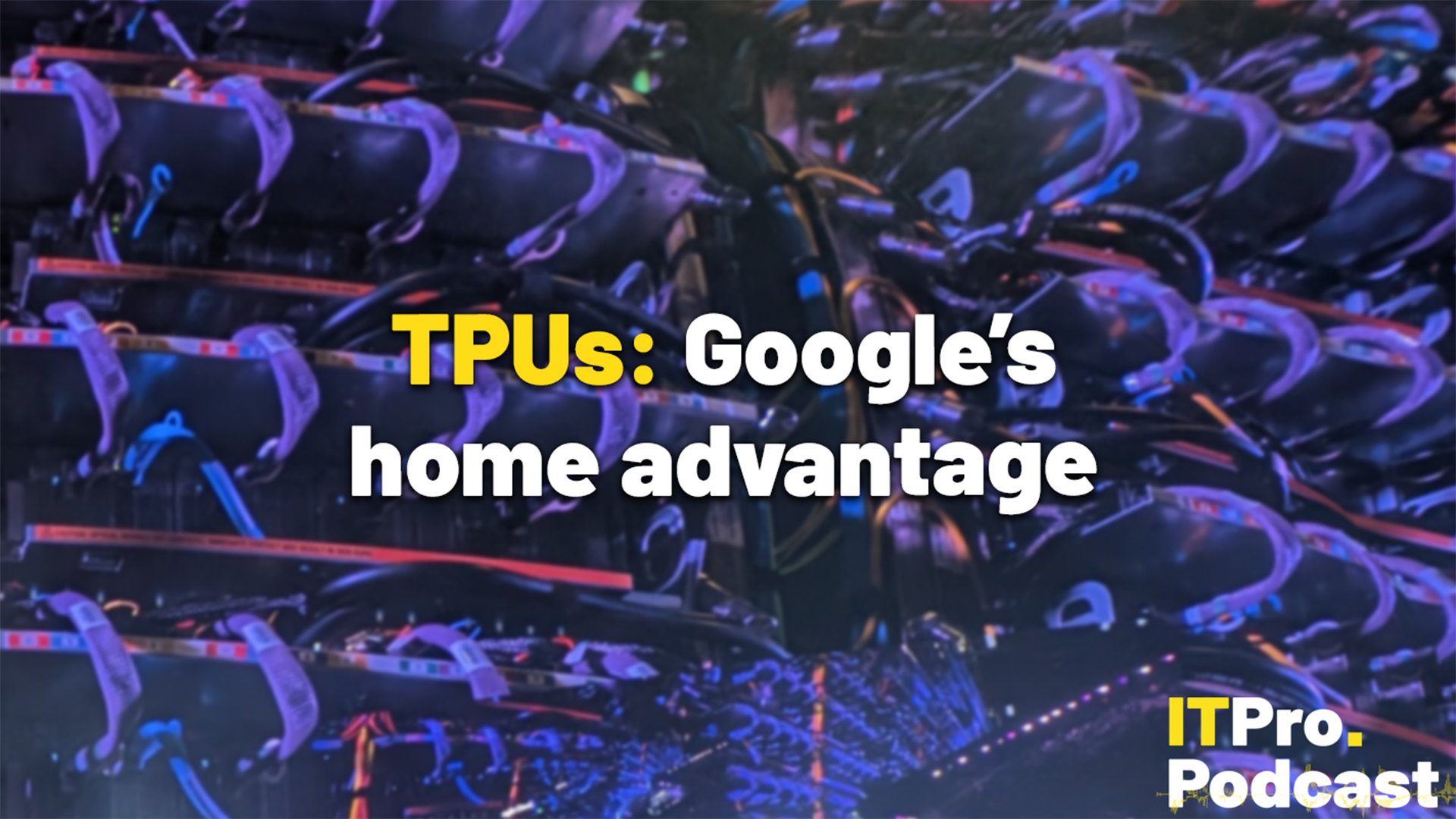Software defined storage & networking: A quick guide for the channel
Will Garside cuts through the 'software defined' hype to see what it really offers the channel

What is Software Defined?
‘Software Defined’ is a bit of a misnomer. Even the chunkiest and highly proprietary Cisco switch or EMC storage filer is, at its heart, based on millions of lines of software code.
When vendors bandy around the notion of software defined across storage and networking what they are talking about is a subtle shift away from highly specialist switching or storage platforms towards alternatives that use commodity or merchant silicon where the software is the differentiator and not custom ASICs (application-specific integrated circuit).
Although not an exact analogy, it can be thought of as the evolution from the bespoke mainframes and custom applications to off-the-shelf software on x86 servers.
Who is it aimed at?
Judging by the hype, the software defined notion is another game changer for all and sundry. The two big areas of potential change are networking and storage as both these domains are dominated by big, entrenched, legacy market share leaders that have dominated over the last two decades. Legacy in this respect means custom hardware, highly propriety systems and lock-in.
Instead software defined promises lower cost, more interoperability and simpler architectures that adhere to open standards. Well at least in theory.
Stay up to date with the latest Channel industry news and analysis with our twice-weekly newsletter
How does it impact the market?
Custom ASICs are often expensive to design and manufacture when compared to merchant silicon reference designs based on Intel, Broadcom, Qualcomm, or other “standard” chipset providers. So with intelligent software, new agile start-ups claim to be able to provide better, cheaper and more relevant products than the Ciscos, EMCs and IBMs of this world with their more sluggish development pace and requirement to provide backward compatibility with existing products.
In addition, because many of these upstarts are backing open standards like OpenStack and OpenvSwitch, the theory is that customers can avoid lock-in. Instead software defined alternatives may allow the building of harmonious networks and storage systems that all benefit from advanced features even through the parts may come from different vendors. To add a cherry on top, with everyone adhering to common standards, customers could benefit from integrated management and orchestration platforms to ultimately reduce the cost and complexity of service provisioning. Nirvana – right!
May 2014 update
So in an industry with some mighty and decidedly old-school tin shifters, does software defined mean a new world order? At the recent Cisco Live event in May, the networking giant’s CEO John Chambers predicted, “…a brutal, brutal consolidation of the IT industry” in relation to software defined, suggesting that most of today's top IT vendors won't be around in a meaningful way in 10 years while Cisco will be left standing as it embraces the trend with its Application Centric Infrastructure and more commodity networking hardware with overlay software support for VMware’s NSX and Openflow.
The reality is that Cisco is joined by HP baking Openflow into it networking kit and EMC much vaunted ViPR software based unification platform now supports other vendors including IBM, HDS and HP.
In fact, pick a vendor at random and you will probably see a software defined message within its roadmap messaging. The simplest point being the ability to buy the core software element separately from branded tin. This extends across storage and a whole host of point appliances and this shows no signs of abating.
Points of interest
However, we are still very early in the software defined journey. To give it a sense of scale, the recent Software Defined Networking (SDN) Market Sizing Report estimated that direct SDN technologies had sales of around $250m in market currently worth more than $40bn. That’s currently less than one percent and even this figure is probably generous.
In addition, although Software Defined as a concept has some great paper supporters like OpenFlow which has gained broad vendor support – including networking products from Cisco, HP, Brocade, Juniper and Extreme Networks – it is still only a protocol like HTTP and it doesn’t actually dictate how a SDN deployment should be designed.
Moreover, all of the above are offering their own flavour of SDN and looking under the covers, all that high level promise of SDN around interoperability and simplification of service delivery still requires you to….. drum roll…buy all your kit from one vendor, just like the current situation!
IT Pro opinion
Software defined is of interest to the channel as a signpost to where we are ultimately heading. However, the biggest fans of the technology are start-ups desperate to break the hegemony of much more powerful rivals. If you look at some of the real pioneers at the edge of this feeding frenzy you will see some serious innovation – but few have credible channels for the delivery of an end-to-end solution.
What is likely to happen is that the best and the brightest will get acquired by the usual suspects and become absorbed into the subsequent product portfolio.
At this point, the investment needed to go after a handful of SDN deals within each country is probably not worth the effort for the typical VAR. However, green field sites of which there are the odd one or two deals floating about are where a bold SDN centric offering could help a VAR break into a previously untouched client base.
This “boldly go where no man has gone before” attitude mirrors the start-up software defined vendors and today there are few channel partners with deep expertise across OpenStack and its ilk. So for now, software defined is a bit ‘smoke and mirrors’, although an earlier adopter in the channel could become the leaders in five years.
However, picking the right software defined horse to ride is a much trickier decision and at this point, there is no clear favourite, or even agreed direction for the race to run.
-
 Trump's AI executive order could leave US in a 'regulatory vacuum'
Trump's AI executive order could leave US in a 'regulatory vacuum'News Citing a "patchwork of 50 different regulatory regimes" and "ideological bias", President Trump wants rules to be set at a federal level
-
 TPUs: Google's home advantage
TPUs: Google's home advantageITPro Podcast How does TPU v7 stack up against Nvidia's latest chips – and can Google scale AI using only its own supply?